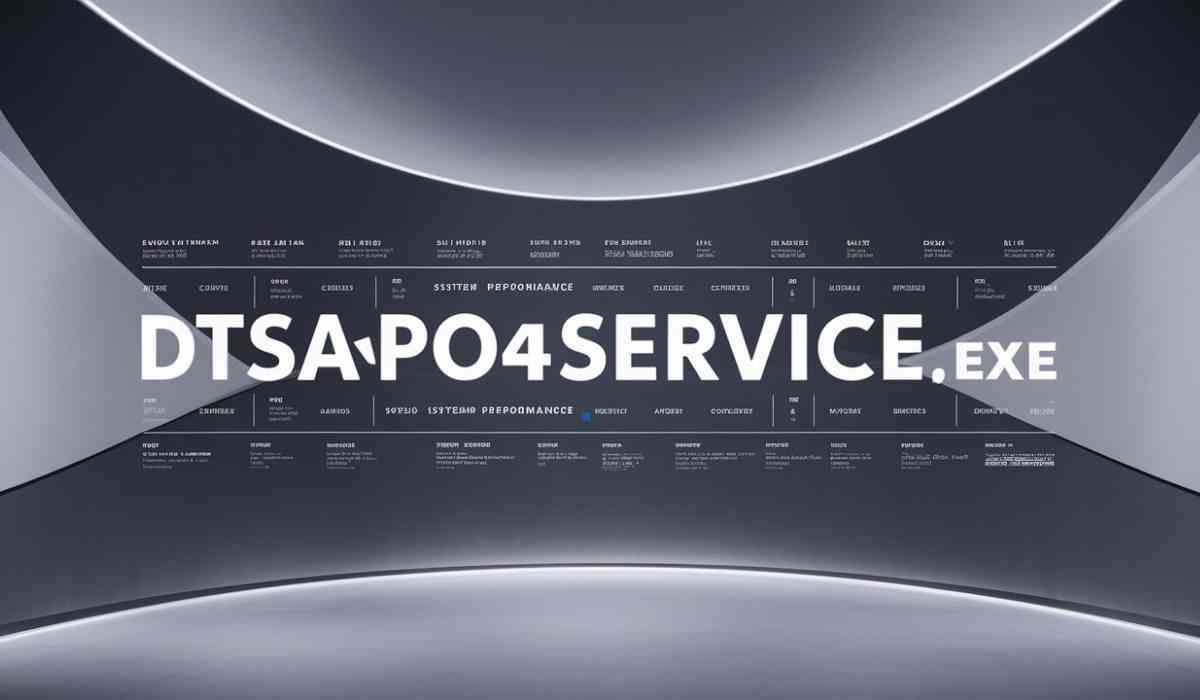The modern shopper has developed an instinct. Somewhere between filling the digital cart and clicking checkout, there is a pause, a moment of hesitation, where the shopper asks the silent question: “Is there a promo code I can use?” For many, this is no longer an occasional thought—it has become routine. The presence of a small discount box at checkout is no longer an afterthought; it is an invitation, a challenge, and sometimes even a demand. Yet in chasing savings, millions of consumers fall into the trap of clicking random links, copying expired codes, or scrolling through cluttered, unreliable websites. The pursuit of value becomes an exercise in frustration, with time wasted and discounts that never materialize. But the truth is that there is a right way to use promo codes, one that saves money, safeguards security, and respects the shopper’s time.
The internet is filled with websites promising endless promo codes. Search for a brand and the phrase “discount code,” and you will be presented with a dizzying array of options, each claiming to have the perfect code that will unlock hidden savings. Most consumers, in their eagerness, click through to the first result, often finding themselves navigating pop-ups, irrelevant advertisements, and coupon lists filled with expired offers. After a few failed attempts, disappointment replaces excitement. The savings box at checkout remains empty, the cart total remains unchanged, and the trust in promo codes begins to erode. For many, this cycle repeats itself with every purchase, transforming what should be a simple way to save into an ordeal.
But the problem is not with promo codes themselves. Promo codes remain one of the most reliable, effective ways to access discounts across categories as diverse as fashion, food delivery, technology, and education. The problem lies in how people approach them. Clicking random links in the hope of stumbling onto a valid code is like playing a lottery with odds stacked heavily against the player. What is needed is not more code but better practices—smarter ways to source and apply them.
Smart coupon use begins with trust. In a digital landscape where anyone can throw together a coupon website, consumers need to distinguish between platforms that verify their codes and those that simply aggregate whatever they can find without testing or updating. Verification is crucial because it respects the shopper’s time. Instead of scrolling through twenty expired codes and false promises, a verified platform assures that the codes listed are active, relevant, and safe. For example, if a shopper is seeking specialized health and wellness solutions, they can confidently turn to a curated page like Kiierr promo deals, knowing that the codes they find will work and save them money on products they actually need. This confidence transforms the entire shopping experience, reducing frustration and re-establishing trust in the idea of discounts.
There is also an efficiency factor at play. Students, professionals, and families alike are managing busy schedules. Time wasted chasing invalid codes is time that could be better spent on studies, work, or even leisure. By relying on trusted platforms, consumers free themselves from unnecessary distractions. This smarter approach also extends to more specialized purchases. Consider learners seeking certification courses and skill-building opportunities. For them, access to verified discounts on platforms like Linux Foundation training offers can mean significant savings on courses that advance their careers. Instead of getting derailed by failed codes or bait-and-switch tactics, they can focus on the learning itself, maximizing value without compromising quality.
Beyond the personal convenience, there is a wider implication. Retailers and service providers want promo codes to work. They issue these codes as part of marketing strategies designed to attract and reward customers. When codes are misused or misrepresented on unreliable websites, both the consumer and the brand suffer. The consumer is left disappointed, and the brand’s reputation takes a hit. On the other hand, when codes are distributed and applied correctly, everyone benefits. Consumers save money, brands gain loyal customers, and platforms that prioritize verification establish themselves as trusted bridges in the e-commerce ecosystem.
The conversation about smarter coupon use is also a conversation about digital literacy. Just as students are taught to distinguish between credible and unreliable sources when researching online, shoppers must learn to apply the same critical lens when seeking promo codes. Clicking the first link in search results may seem convenient, but convenience without scrutiny often leads to wasted effort. The right approach requires awareness, discernment, and a commitment to choosing platforms that have earned their credibility. In this sense, smart couponing is not just about saving money; it is about becoming a more empowered, informed digital citizen.
The cultural shift toward smarter spending reflects broader economic realities. In a world grappling with inflation, rising living costs, and the constant allure of consumerism, saving money is no longer a luxury—it is a necessity. Promo codes are one of the tools consumers have to navigate these pressures, but their effectiveness depends entirely on how they are sourced and used. The difference between a shopper who clicks through endless unreliable links and one who uses a trusted coupon platform is the difference between frustration and empowerment. The smarter shopper walks away not only with a discount but also with confidence in the process.
Technology itself is playing a role in this shift. Artificial intelligence and machine learning are being applied to coupon platforms, automating the process of code verification and personalization. Imagine a world where the moment you begin shopping for a particular service, the relevant, verified code is presented seamlessly, eliminating the need to search altogether. This future is fast approaching, and it is a reminder that the right way to use promo codes will continue to evolve. What will remain constant is the importance of trust, verification, and respect for the consumer’s time and intelligence.
It is also worth acknowledging the psychological dimension of saving. The thrill of applying a code and watching the total cost drop is real, and it is part of why promo codes have become so deeply ingrained in modern shopping. But that thrill is quickly dampened when codes fail. Consumers who repeatedly face failed attempts often abandon the practice entirely, missing out on genuine savings opportunities. By shifting away from random links and toward verified sources, shoppers not only restore the thrill of saving but also reclaim a sense of control. The process becomes rewarding again, not frustrating.
The lesson is simple yet profound. Promo codes work, but they work best when used correctly. Shoppers must resist the temptation to gamble on random links and instead commit to smarter practices. The right way to use promo codes is not to chase every promise of savings but to choose trusted, verified platforms that align with their needs. This approach respects time, safeguards security, and maximizes value. It also supports a healthier ecosystem where consumers, retailers, and coupon platforms all benefit from authenticity and reliability.
As 2025 progresses, shoppers will continue to face economic pressures, but they will also continue to seek smarter ways to navigate them. Promo codes will remain a cornerstone of this effort, but only for those who use them wisely. The future of saving lies not in chance but in choice. Consumers who choose verification over randomness, trust over convenience, and smarter practices over shortcuts will not only save more but will also shop with confidence. The checkout box will no longer be a source of frustration, but a reliable reminder that value is always within reach.
In the end, the promise of promo codes has not diminished—it has simply matured. The right way to use them requires a shift in mindset, one that prioritizes trust, discernment, and smarter decision-making. Stop clicking random links. Start saving smarter. Because in a world where every penny counts, making the right choice is the ultimate form of empowerment.









